Pre-revolutionary Russia in the first color photographs of the 1910s by Pyotr Vedenisov
Categories: History
By Pictolic https://pictolic.com/article/pre-revolutionary-russia-in-the-first-color-photographs-of-the-1910s-by-pyotr-vedenisov.htmlPyotr Ivanovich Vedenisov-a wealthy nobleman, was born in 1866, after graduating from the Moscow Conservatory in 1888, he came to Yalta and settled in his own house on Outskaya Street (now Kirov). Friendly, very energetic, sociable, enthusiastic, he immediately became one of the most interesting people in the city, met with Anton Chekhov, Maxim Gorky, Alexander Glazunov, Fyodor Chaliapin, Caesar Cui, Alexander Spendiarov.
He was one of the photographers of the early 20th century who were fascinated by the world's first technology of color photography — autochrome. After him, 150 glass prints made by Vedenisov in the period 1909-1914 have been preserved — remarkable examples and images of pre-revolutionary Russia.
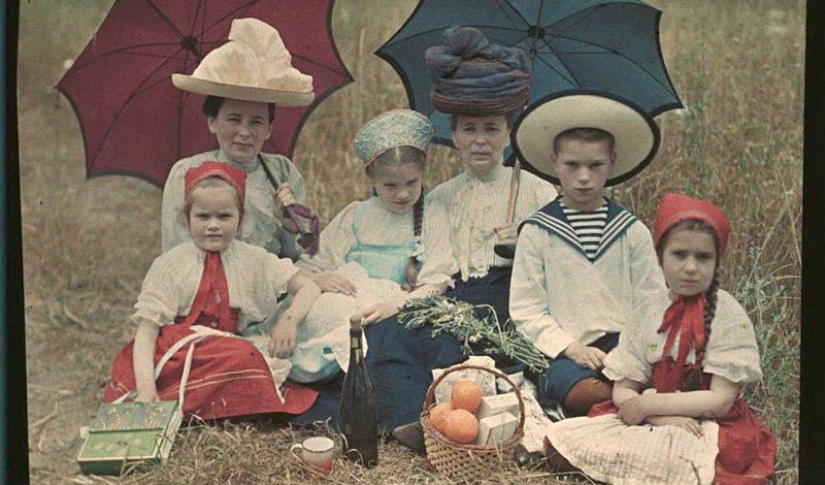

In the late 1880s, a circle of music and singing lovers "Founders of family music evenings in Yalta" appeared in the city, among its organizers, in addition to Vedenisov, were well-known people-Sofia Fortunato, the daughter of the critic V. Stasova, the famous singer and teacher of F. Chaliapin Dmitry Usatov and his wife Maria, Dr. F. Weber and others.
In 1892, the circle was transformed into the"Society of Lovers of Musical and Dramatic Art in Yalta". The society organized musical and literary evenings, opened a library and music classes. The board members worked for free, educating the local public. In 1905, Peter Vedenisov became a fellow chairman of the Yalta branch of the Russian Musical Society. At the same time, he organized the first domristov ensemble in Yalta from students of the Alexander Men's Gymnasium; rehearsals were held in his house. He often gives recitals, performs with chamber ensembles and as an accompanist. In 1919, Peter Ivanovich became the founder of the Yalta Religious and Philosophical Society.
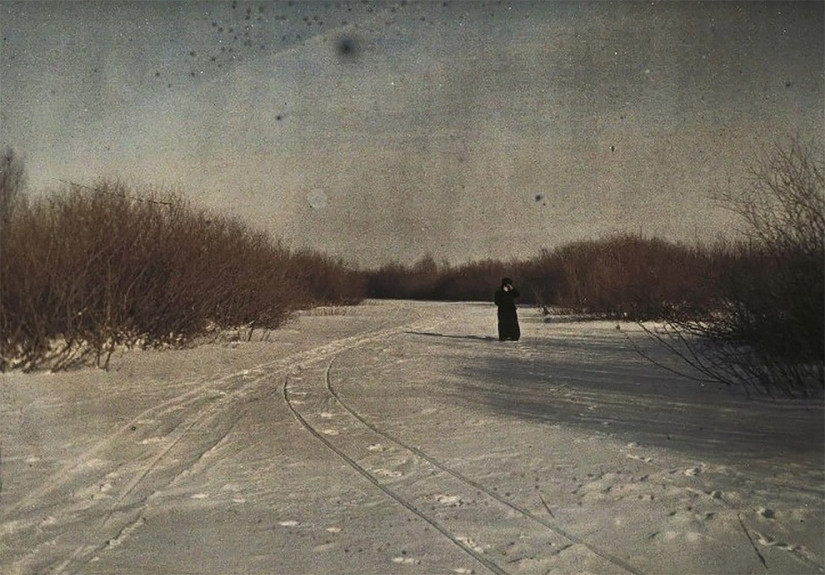
In addition, Vedenisov is engaged in local history, lectures on the history of the Crimea, is seriously interested in meteorology, but his biggest hobby is photography. He takes pictures of his family members, his friends-musicians, everyday life and travel, feasts, pets, interiors and landscapes — of Yalta and Simbirsk province, where his relatives the Kozakovs lived. All this does not go beyond the scope of good amateur photography and is actively used by him when giving lectures.
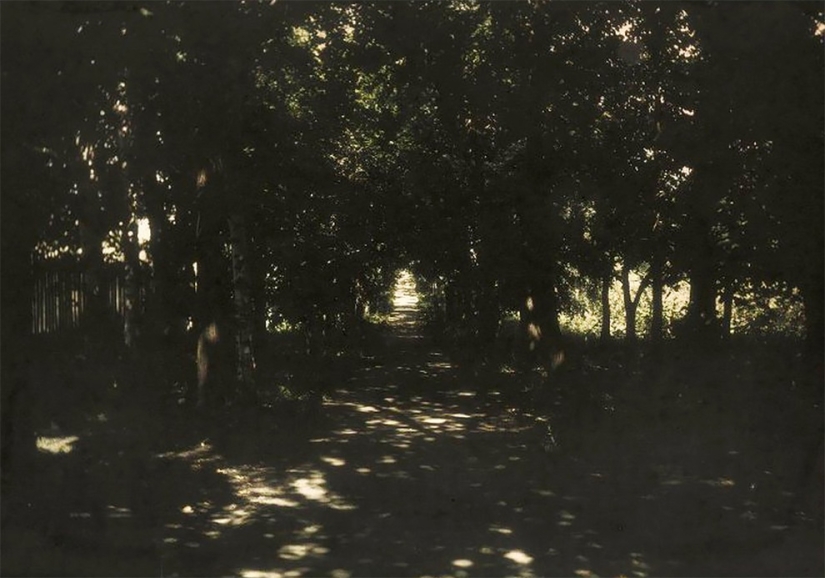
But in 1903, the Lumiere brothers patented autochrome — one of the processes of color photography. Back in the late 19th century, the Lumiers developed the technology of three-color photography (using filters). But three consecutive shots, each through its own filter, made this method suitable only for photographing stationary objects. Later, the Lumiers decided to place all the filters on a single plate, which allowed for both color separation when shooting and color synthesis when viewing the resulting image.
The three-color grid consisted of potato starch granules colored red, yellow, and blue, with a second layer applied to give orange, purple, and green colors. If you look through the glass plate at the light, you can only see through the emulsion the granules that match the color of the object being photographed. In 1907, Lumiere glass plates began to be produced industrially (up to six thousand per day), they were sold all over the world.
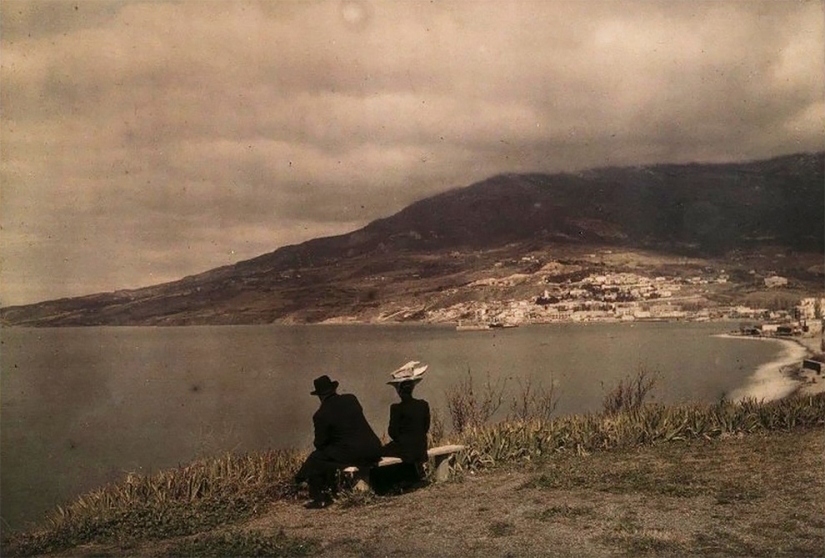
Peter Vedenisov, who is fond of all technical innovations, was no exception, and he began to enthusiastically master the invention of the Lumieres. Most of his autochromes are kept in the Alupka Museum-Reserve; the collection of the Moscow House of Photography includes about 150 colored glass plates. Each such image exists in a single copy — it is a slide on glass, without a printed paper impression.
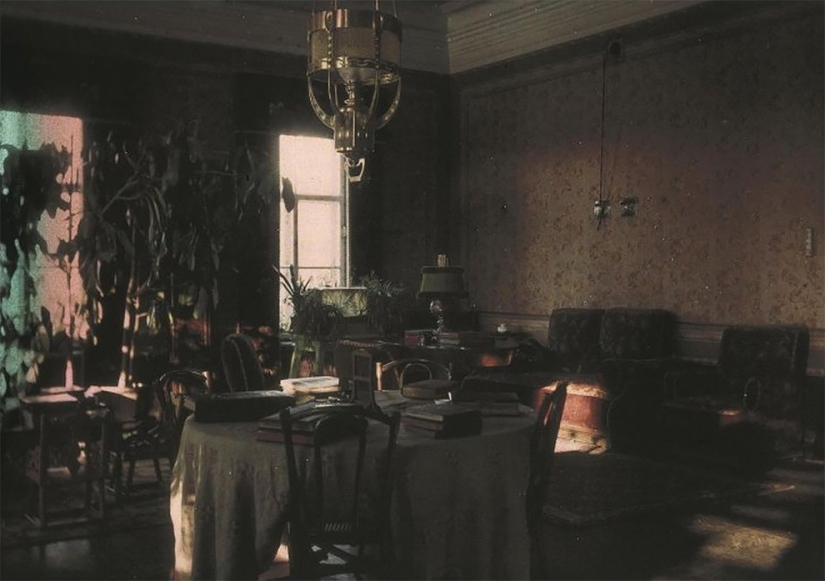
The autochromic image is a fully staged photo, with a carefully constructed composition and selected color combinations.
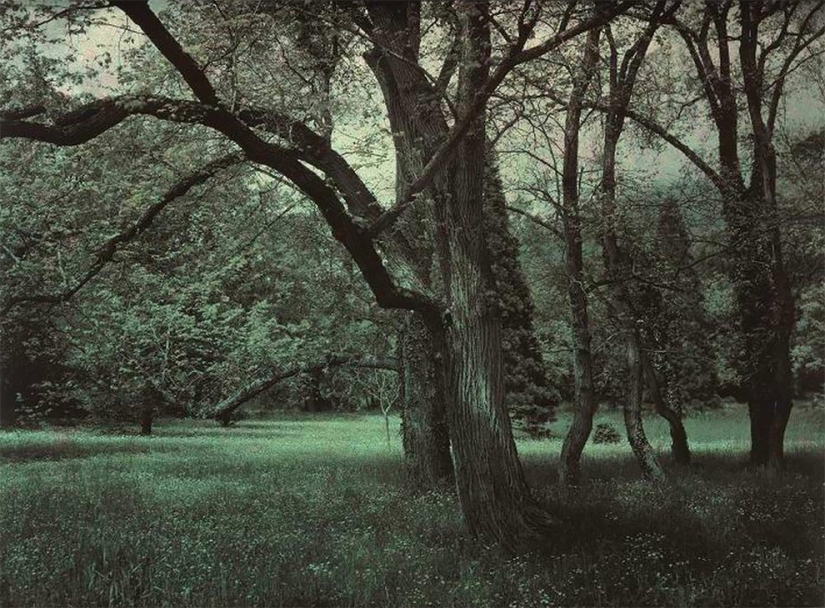
Vedenisov's autochromes are united by characters-members of one large family — and filmed in a very short period of time-from about 1909 to 1914. Among those depicted are his wife Vera Nikolaevna, her mother Elena Frantsevna Bazileva, a large family of Kozakovs: Andrey Alexandrovich, Sofia Nikolaevna and their five children-Vera, Natasha, Kolya, Lisa and Tanya.
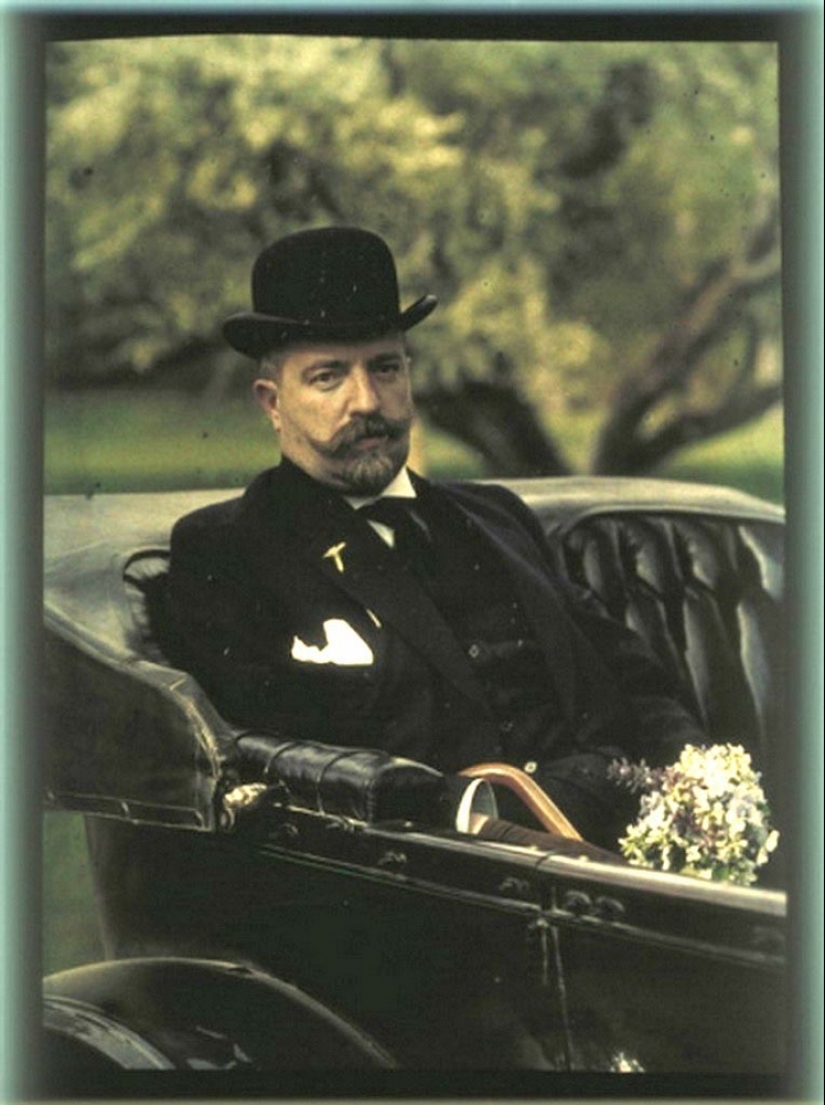
Andrey Aleksandrovich Kozakov. Yalta, 1911-1912
Vedenisovs and Kozakovs organize picnics, car and horse rides, masquerades and holidays.
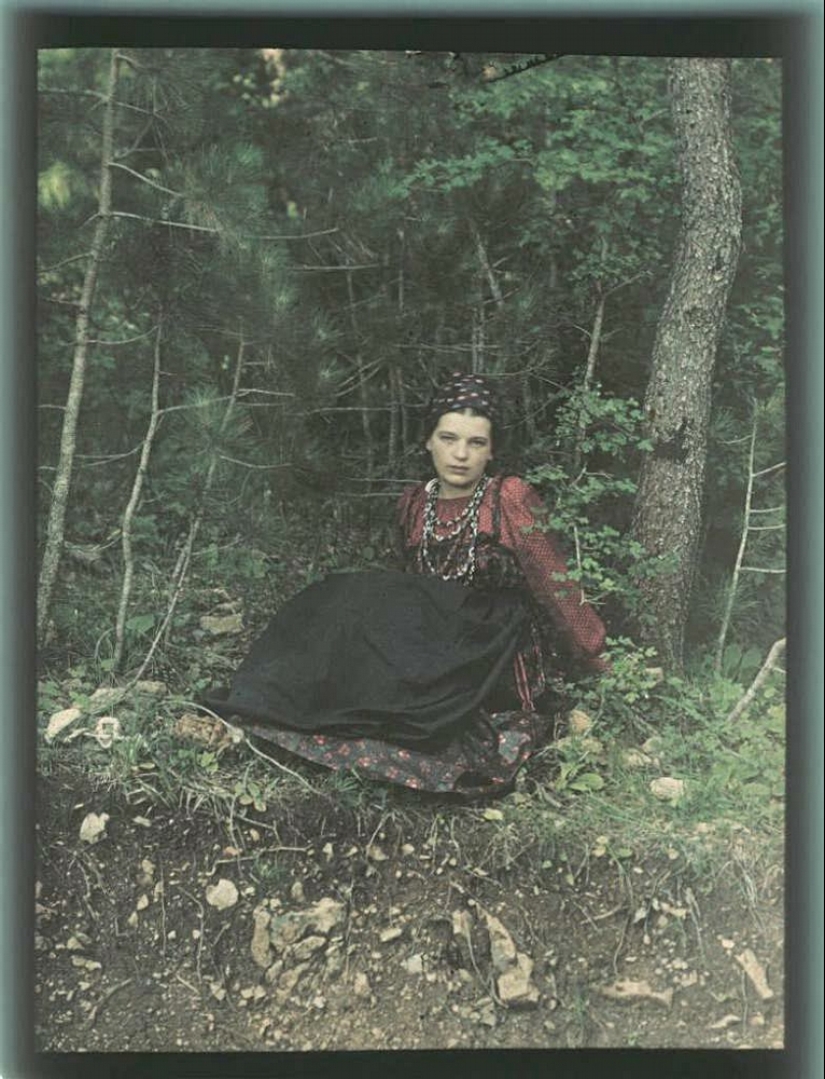
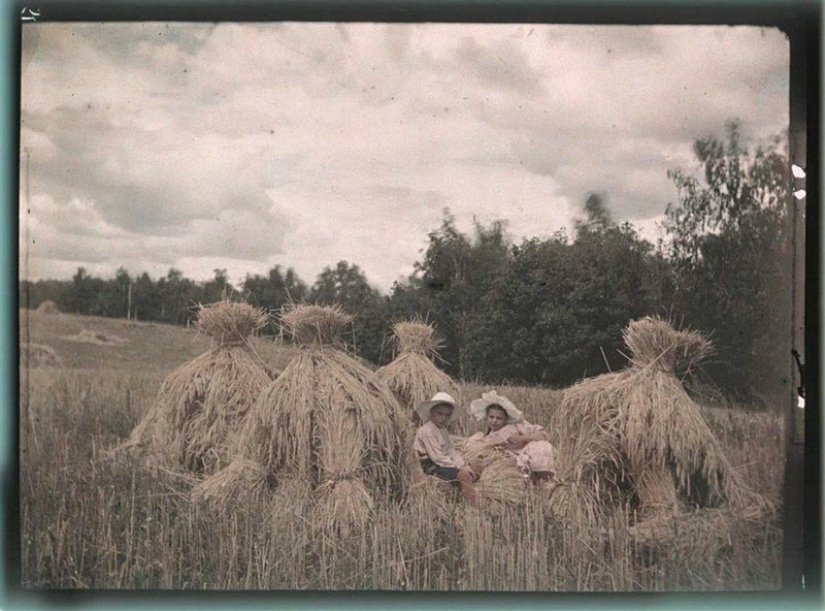
Kolya and Natasha Kozakov, Nikolskoye estate, Simbirsk province.
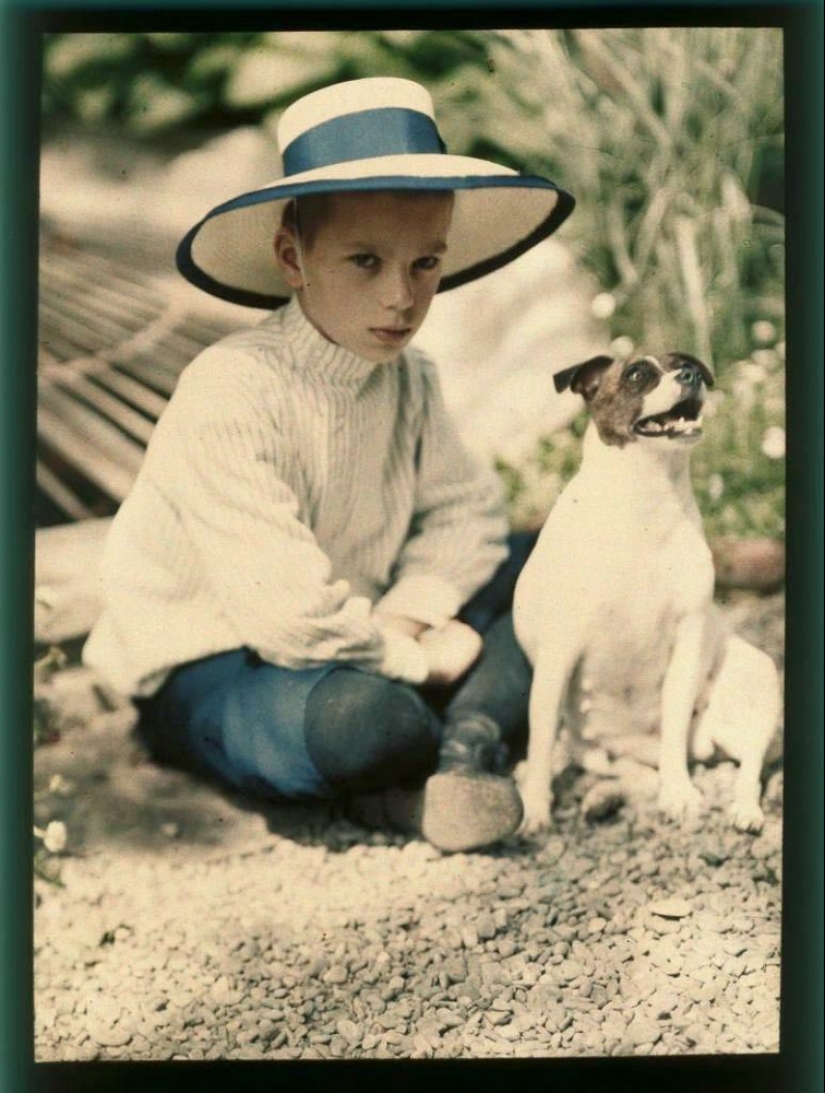
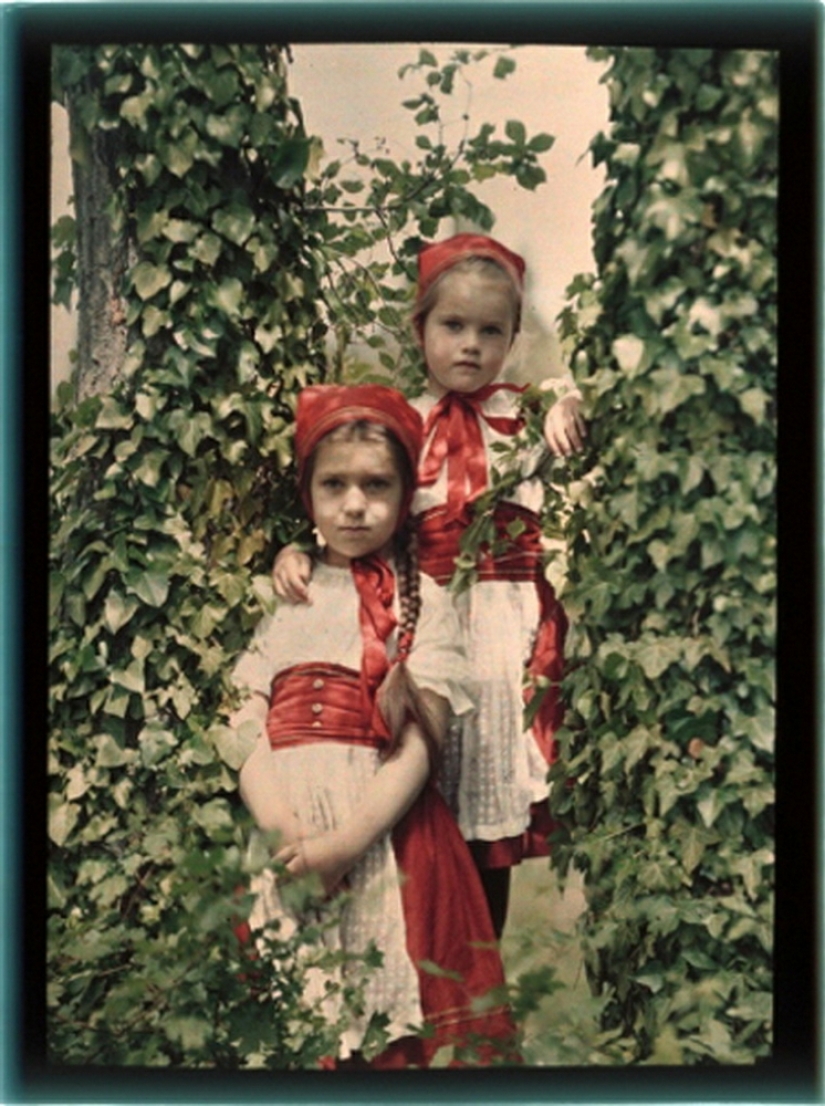
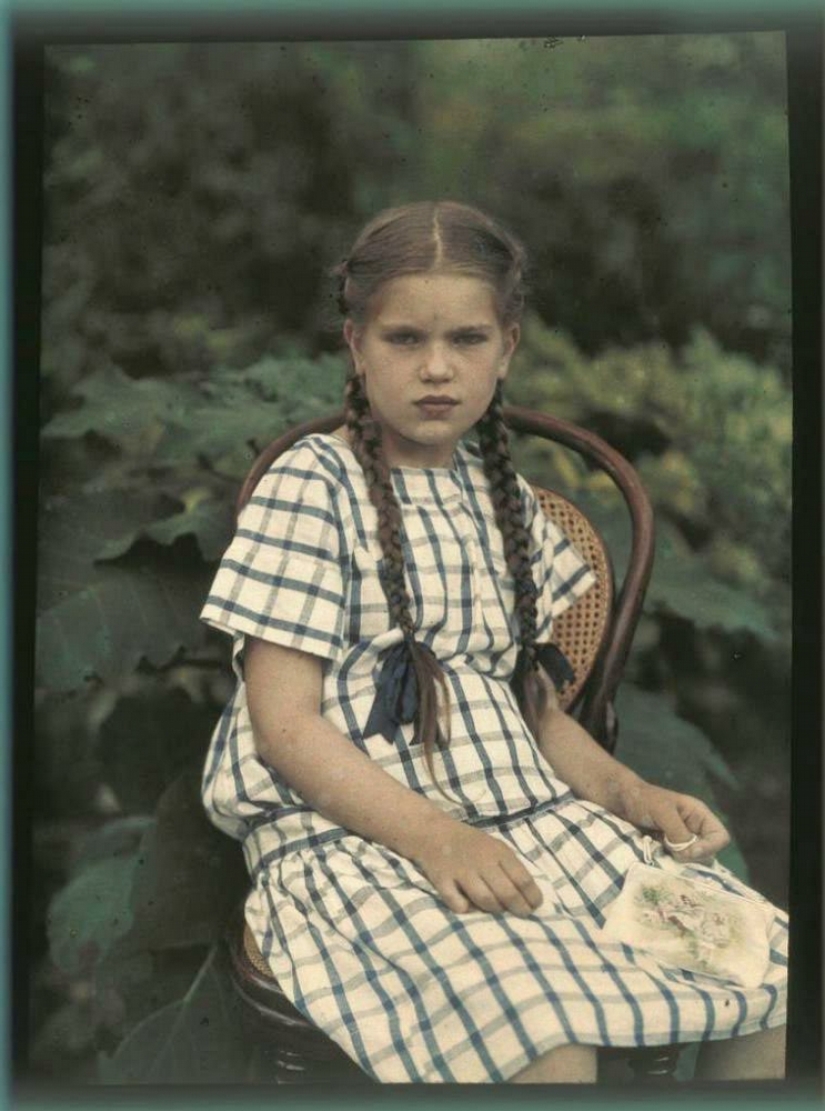

Sofya Andreyevna Kozakova.
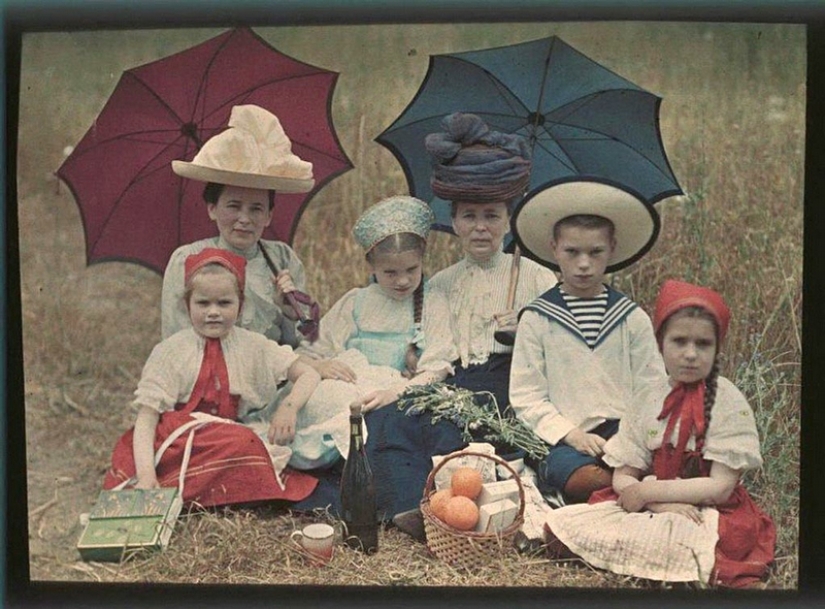
Peter Vedenisov. Tanya, Natasha, Kolya and Lisa Kozakov, Vera Nikolaevna Vedenisova and Elena Frantsevna Bazileva. Yalta, 1910.

Kozakovs and Vedenisovs in Yalta.
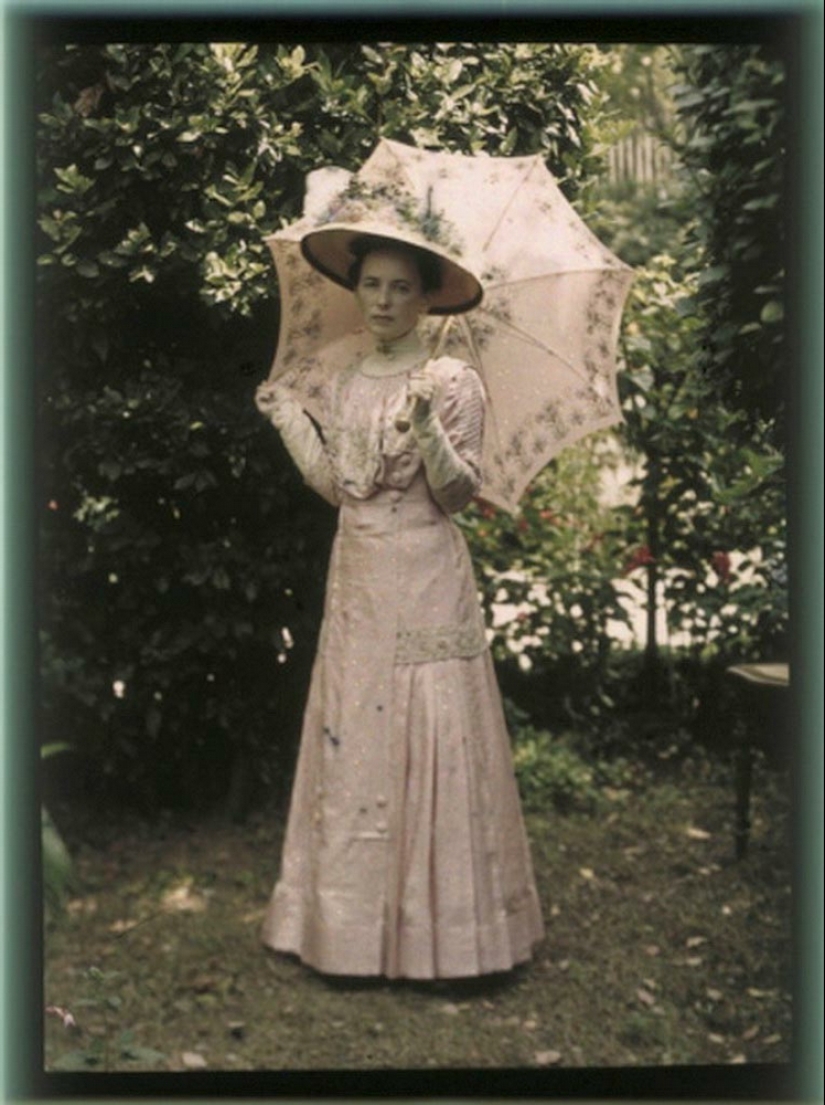
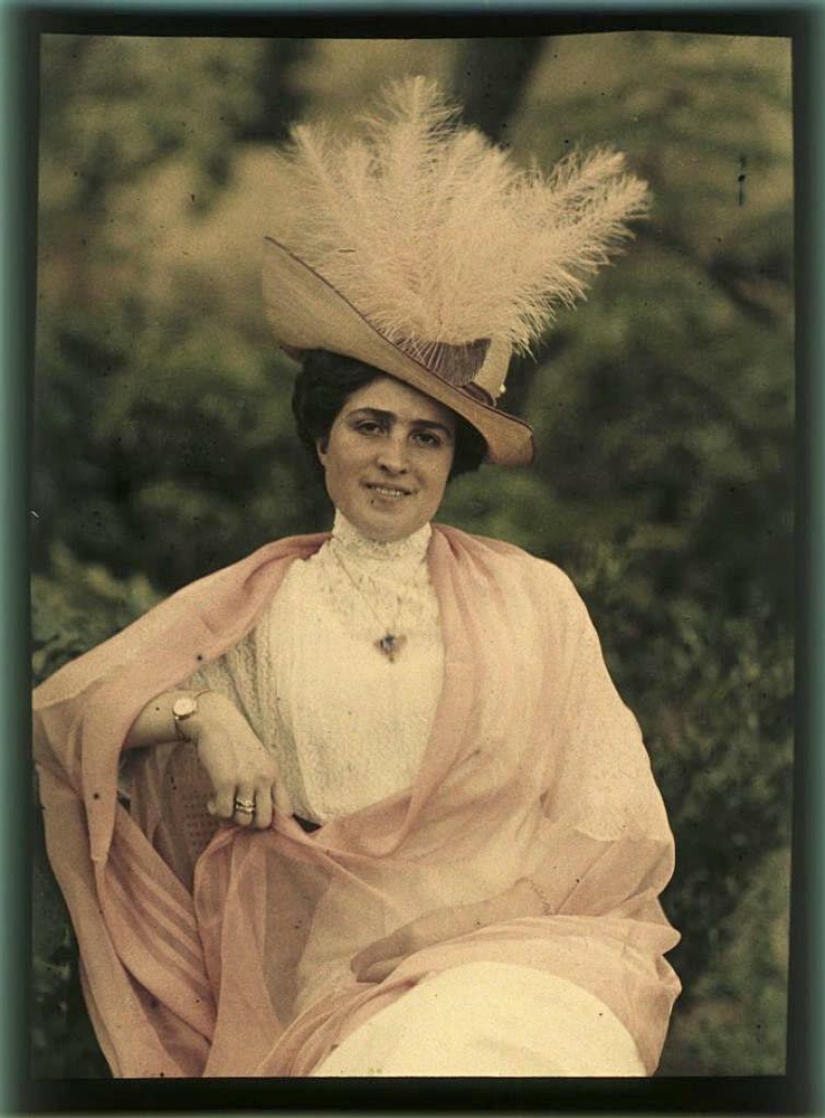
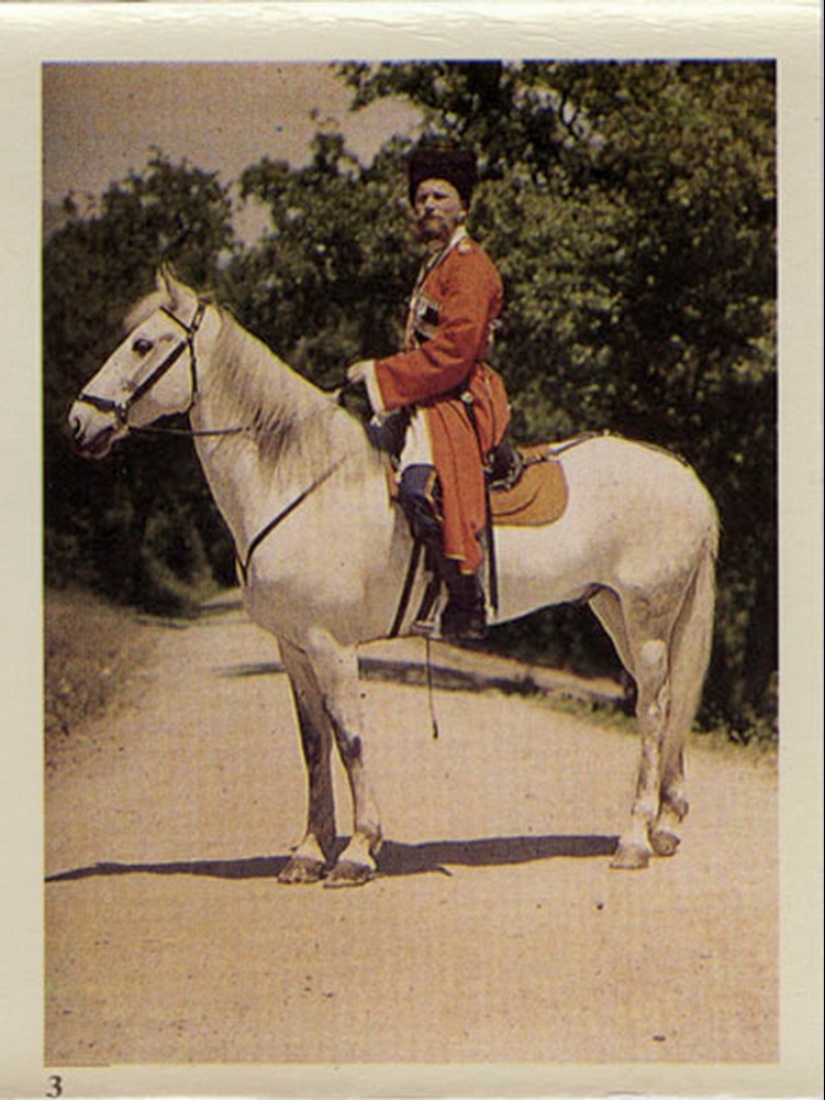
The Cossack of the Imperial convoy.
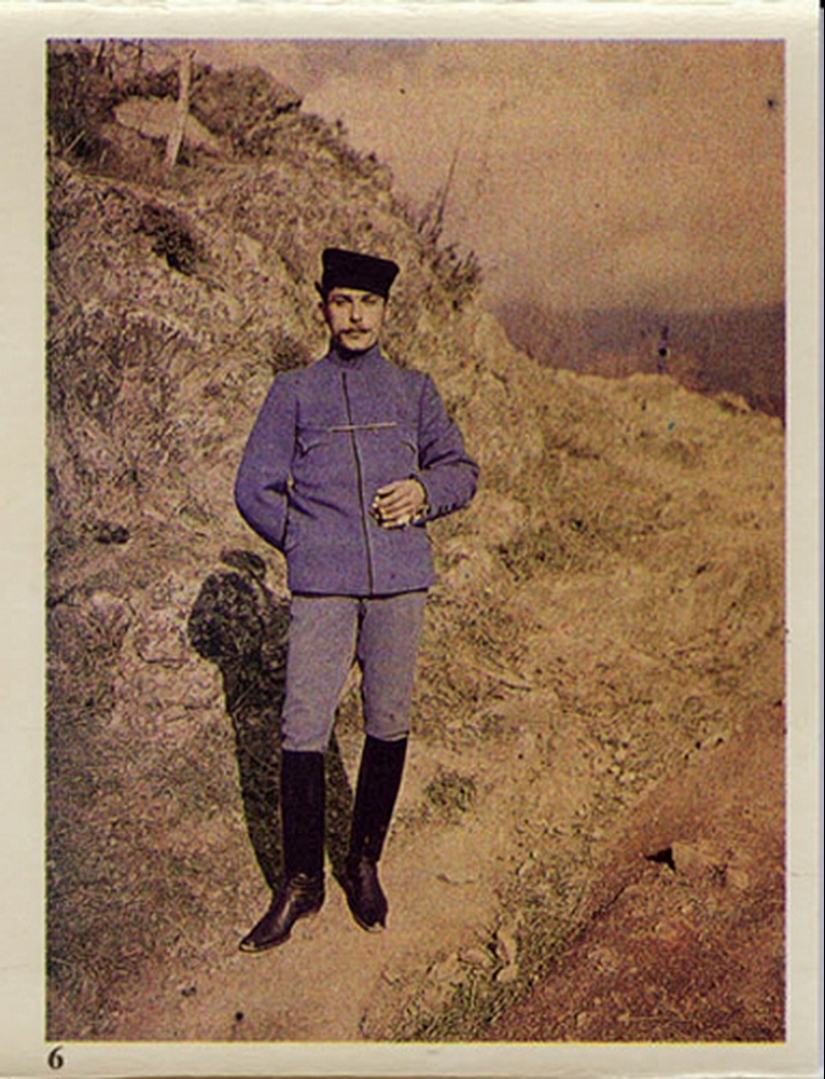
The explorer.
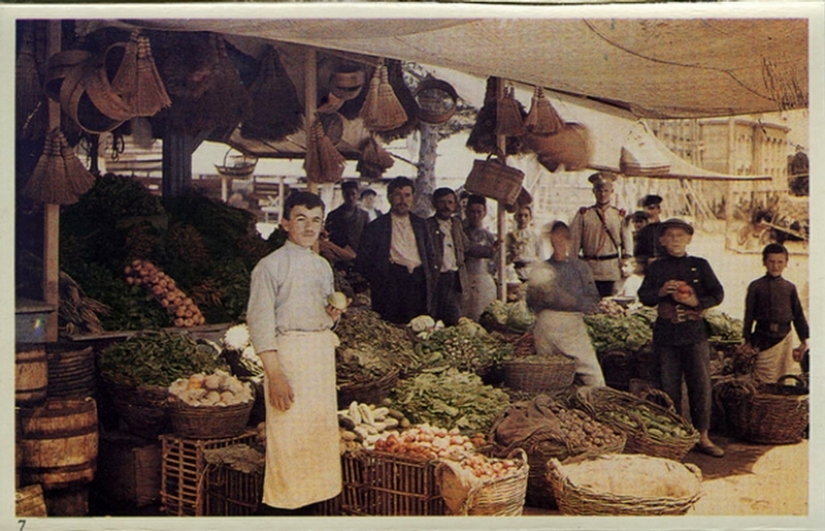
Bazaar on the streets of Yalta.
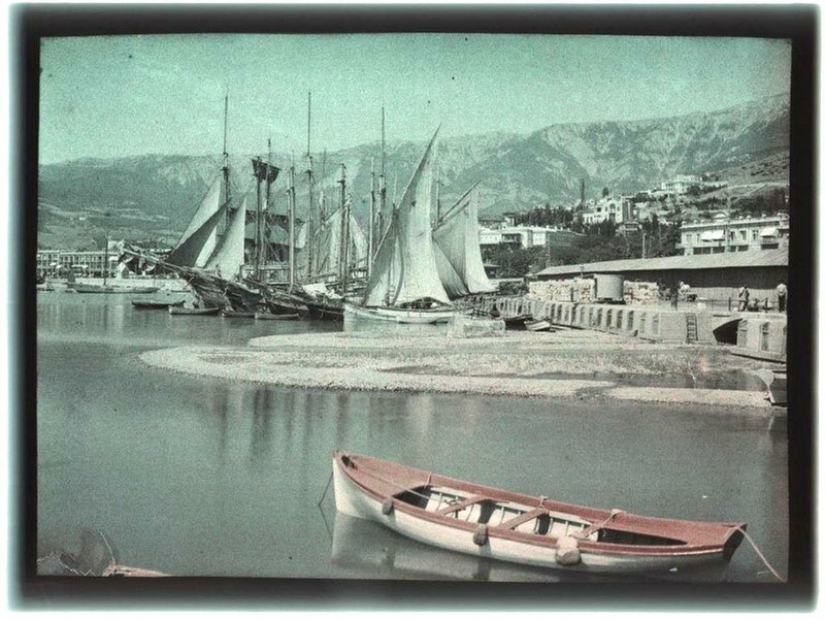
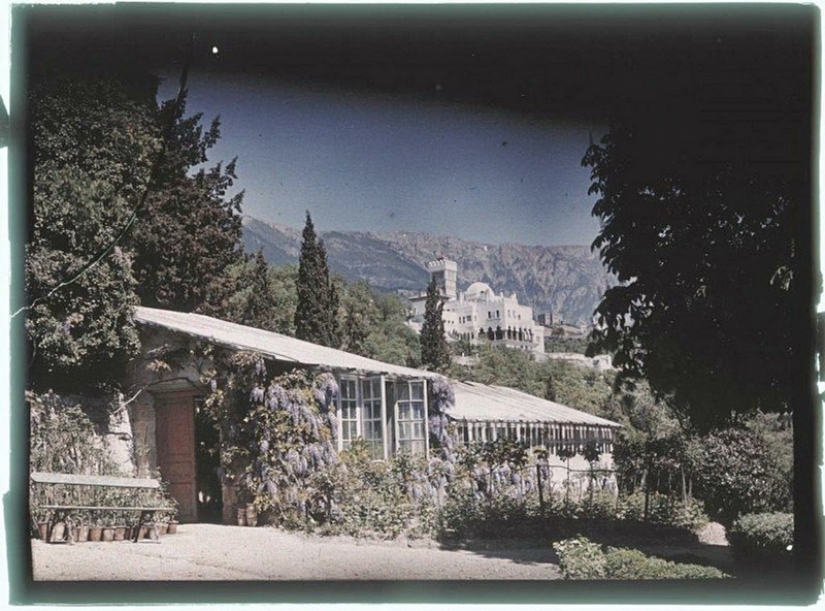
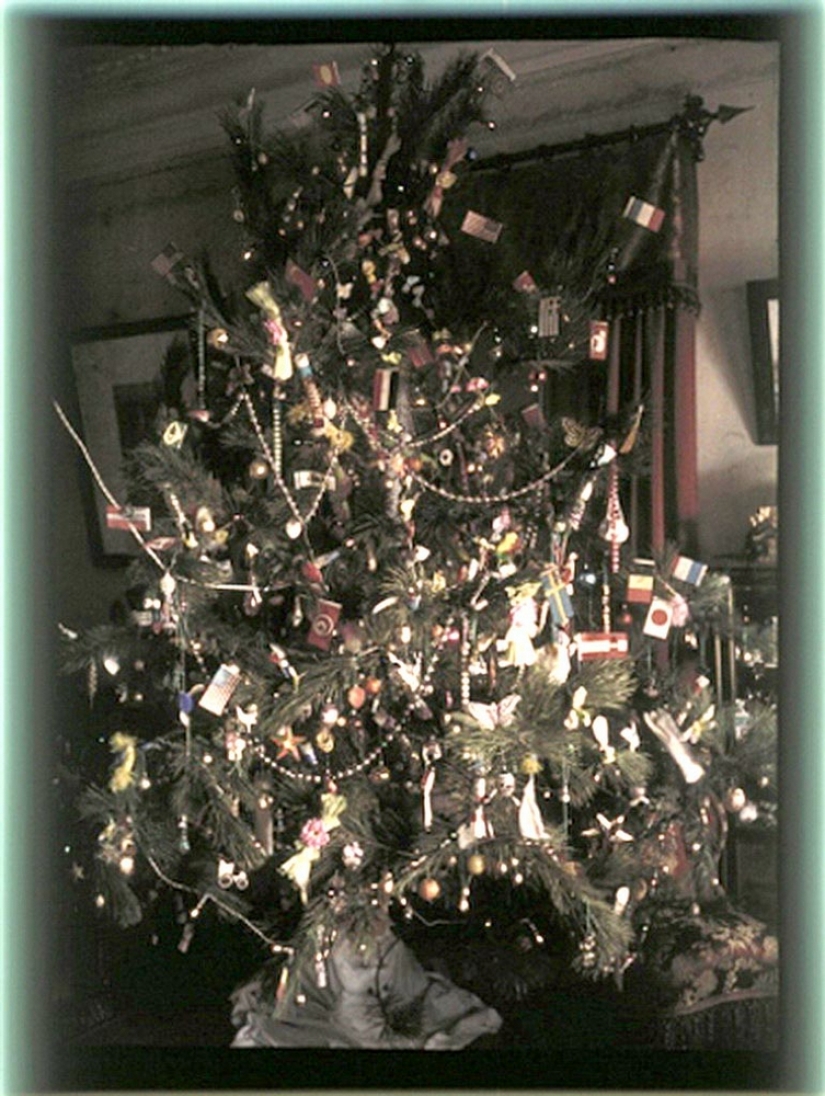
Christmas tree in the village of Nikolsky, 1911
In all these entertainments there was not only pleasure, but also a strong educational, educational element: masquerade dresses are the national costumes of the peoples inhabiting the Russian Empire; among the decorations on the Christmas tree are the national flags of various countries, and the children of this large family from infancy received information about the history and geography of Russia and the whole world in a playful way. Probably, these are the last happy moments in the life of the family, "then they were not at war with Germany", all the upheavals of the twentieth century — wars, revolutions-were ahead.
Keywords: Russian Federation | History | Crimea | Photographer | Autochrome | Color photography | Russian Empire | Yalta
Post News ArticleRecent articles

Is anyone ever really ready to become a parent? No, of course, you can think that you are ready and you can really want to become ...

In the new year we are not only fun and give each other gifts, but also, of course, take pictures of your festive entertainment for ...
Related articles

In 1903, 11 and 13 February, during the reign of the last Russian Emperor Nicholas II took place on the famous costume ball in ...

For more than 35 years, the five-part film "Guest from the Future" has been one of the important elements of nostalgia for Soviet ...

In 1634, the French Inquisition burned at the stake priest Urban Grandier. Accused priest in the signing of a contract with Satan ...

Without a doubt, Coco Chanel was one of the most outstanding women of the 20th century. Throughout the world, this personality is ...